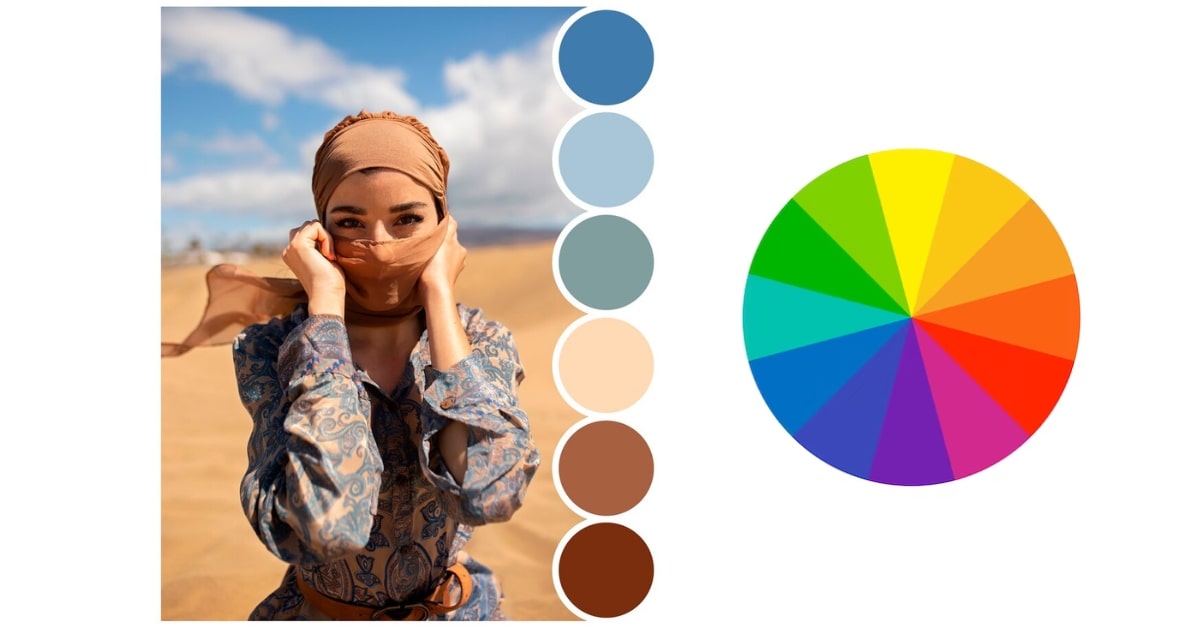In the realm of digital design, photography, photo editing, and video production, achieving accurate and vibrant colors is paramount. This is where color correction displays come into play. In this article, we will delve into the significance of color correction displays, how they work, and why they are indispensable for professionals in visual content creation.
Understanding Color Correction Displays
Color correction displays, also known as color-accurate monitors, are specialized screens designed to reproduce colors faithfully and accurately. These displays are essential tools for photographers, graphic designers, video editors, and other creative professionals who rely on precise color representation in their work.
Importance of Color Accuracy
- Consistency Across Devices:
Color correction displays ensure that the colors you see on your monitor are consistent across various devices, reducing the risk of discrepancies between what you see and what others see. - Professional Standards:
For industries where color accuracy is crucial, such as graphic design and photography, using a color correction display is essential to meet professional standards and client expectations. - Enhanced Creativity:
Accurate color representation allows creative professionals to make informed decisions about color grading, ensuring the final output aligns with their artistic vision.
How do Color Correction Displays Work?
Color correction displays employ advanced technologies such as IPS (In-Plane Switching) panels, wide color gamuts, and calibration tools to achieve accurate color reproduction. Calibration is a key aspect, involving adjustments to the monitor’s settings to match predefined color standards.
Choosing the Right Color Correction Display
- Panel Type:
Different panel types (IPS, TN, OLED) have their advantages and disadvantages. IPS panels are often preferred for color-critical work due to their superior color reproduction and wide viewing angles. - Resolution:
Higher-resolution monitors provide more detail, but it’s important to balance resolution with the capabilities of your graphics card and the demands of your work. - Color Gamut:
Look for displays with a wide color gamut, such as those supporting Adobe RGB or DCI-P3, to ensure a broader range of colors can be accurately displayed.
Conclusion
Investing in a quality color correction display is an investment in the precision and excellence of your visual work. By understanding their importance, how they work, and how to choose the right one, you empower yourself to create content that truly stands out in terms of color accuracy and vibrancy.
FAQs
Why is color accuracy important in professional settings?
Color accuracy is crucial in professional settings to ensure consistency, meet industry standards, and accurately convey the intended message or emotion in visual content.
How often should I calibrate my color correction display?
Regular calibration is recommended, especially in environments where lighting conditions may change. Many professionals calibrate their displays monthly or before starting critical projects.
Can I use a color correction display for gaming?
While color correction displays prioritize accuracy over high refresh rates, many models offer a good balance. Consider your specific needs, as some professional-grade displays may have slower response times.
Are color correction displays only for professionals?
While professionals benefit the most from color accuracy, hobbyists and enthusiasts in photography or design can also appreciate the advantages of a color correction display for accurate and satisfying results.
This page was last edited on 25 February 2024, at 1:01 pm
